Ever bought a group of “peaceful” schooling fish, only to watch your tank explode into chaos? Don’t worry — you’re not alone. Many aquarists fall for fish that look calm at the store but turn aggressive once they settle in. This guide reveals the 10 best and worst schooling fish so you can build a peaceful, balanced aquarium that looks like nature — not a battleground.
The Science Behind Schooling Fish Behavior
Schooling is not just a group swim — it’s survival strategy and stress management. According to Environmental Biology of Fishes (2020), many aquarium fish display pseudo-schooling: staying close together but constantly competing for dominance. This explains why certain tetras and barbs suddenly turn into fin-nippers once they feel “safe.”
True schooling species, like Rummy Nose Tetras and Harlequin Rasboras, move in harmony because they rely on visual synchronization and environmental cues. Studies in Integrative and Comparative Biology (2022) show that stable lighting between 5000–6500 K and consistent tank layout significantly reduce aggression and improve group cohesion. In short, schooling success isn’t luck — it’s design.
5 Schooling Fish You Should AVOID
- Serpae Tetra – Bright red, full of attitude. Fin-nippers that bully slower fish like guppies or angels.
- Tiger Barb – Energy on steroids. Even in large groups they harass slow or long-finned species.
- Red Eye Tetra – Fast swimmers that stress shy fish. Constant chasing = constant tension.
- Skunk Corydoras – Territorial and moody. Unlike other cory species, they dislike close company.
- Buenos Aires Tetra – Hardy but destructive plant eaters. Perfect for bare tanks, terrible for aquascapes.
5 Peaceful Schooling Fish That Actually Work
- Rummy Nose Tetra – The most synchronized schooler in the hobby. Their red noses fade when stressed, giving instant feedback on water quality.
- Harlequin Rasbora – Calm, colorful, and low-maintenance. Great for planted aquariums and beginners alike.
- Black Neon Tetra – Peaceful, resilient, and beautiful under soft lighting. A long-term crowd favorite.
- Panda Corydoras – Gentle bottom dwellers that form shoals and coexist perfectly with mid-level swimmers.
- Neon Tetra – The timeless classic. Balanced lighting and stable water turn their shimmering schools into living art.
Step-by-Step: How to Build a Calm, Cooperative School
- Choose horizontal space over height. A longer tank (30–36 in / 75–90 cm) lets fish form natural formations.
- Add sightline breaks. Use tall plants or driftwood to divide zones and stop chasing behavior.
- Keep the group big enough. Start with 6, aim for 10–15 per species. Under-schooling triggers aggression.
- Match activity levels. Fast barbs and calm rasboras don’t mix. Match temperament, not size.
- Use soft, stable light. Between 5000–6500 K for 6–8 hours daily. Consistency reduces cortisol spikes.
- Balance water flow. Gentle, circular flow keeps schools tight. Avoid harsh jets that scatter them.
- Feed evenly. Spread food across the tank to prevent dominance during feeding time.
Common Mistakes That Cause “School Wars”
- Believing the “peaceful” label — compatibility depends on swimming zone, activity, and tank design.
- Keeping too few fish — small groups encourage dominance fights rather than unity.
- Using harsh top lighting — reflections trigger chasing and fin-nipping.
- Feeding from one spot — alpha fish control access, stressing others. Use multiple feeding zones.
Pro Tips from Experienced Aquarists
- Dark substrate + plant backdrop enhances color and keeps schools tighter.
- Monitor Rummy Nose color — fading red means water quality or oxygen issues.
- Combine Panda + Pygmy Corydoras for dynamic bottom-level “micro-schooling.”
- Dim lights gradually when introducing new fish; start at 70% brightness for smoother acclimation.
FAQ (People Also Ask)
What’s the ideal number of schooling fish?
At least six, ideally ten or more of the same species. Larger groups disperse aggression and create natural movement.
Why are my “peaceful” tetras nipping fins?
Usually from boredom, small group size, or intense lighting. Add hiding spots, increase the group, and tone down brightness.
Can barbs live with rasboras?
Only in large, well-planted tanks with balanced flow. Match swimming speed and keep each group to 8–10 individuals.
Do Panda Corydoras count as schooling fish?
Yes — they shoal near the bottom. Keep groups of 6+ with fine sand for natural digging behavior.
How long should I keep lights on?
6–8 hours per day. Studies show consistent photoperiods between 5000–6500 K promote harmony and reduce stress.
Scientific References
- Applied Animal Behaviour Science (2021) — Environmental enrichment and lighting effects on aggression in schooling fish.
- Environmental Biology of Fishes (2020) — Social hierarchy and pseudo-schooling in captive tetras.
- Integrative and Comparative Biology (2022) — Light spectrum influence on social cohesion in freshwater species.
Explore More Schooling Fish Guides & Compatibility Tips
If you’re fascinated by how schooling behavior shapes a peaceful aquarium, don’t stop here — we’ve got more guides built on real-world experience and behavioral science. For aquarists searching for vibrant yet calm species, Top 7 Schooling Fish for Freshwater Aquariums breaks down the most colorful and beginner-friendly schooling fish that thrive together in planted community tanks. It’s your go-to list for creating movement, harmony, and visual balance in freshwater setups.
But schooling fish aren’t always angels. Some species, despite their size, can wreak havoc once introduced into the wrong environment. If you’ve ever struggled with fin-nipping or territorial behavior, 7 Aggressive Schooling Fish You Should Avoid reveals the hidden troublemakers behind “peaceful” labels. Understanding these patterns helps you prevent aggression in community tanks and choose combinations that genuinely coexist.
Still curious about fish that take aggression to another level? Don’t Buy the Deadliest Monster Fish off the Web explores predatory species that outgrow tanks and destroy setups — a cautionary tale every hobbyist should read before clicking “add to cart.” On the opposite end of the spectrum, you can uncover why some supposedly gentle species aren’t so innocent in 7 Peaceful Tiny Fish You’ll Regret Having, where subtle bullying behaviors are explained in detail.
And if you’re just starting out and building your very first community tank, Your First Fish Tank? 10 Beginner Aquarium Fish You Won’t Regret Buying is the perfect foundation. It highlights low-maintenance schooling fish for beginners that stay small, adapt easily, and help you master aquarium balance before moving on to complex species. Together, these guides form the complete roadmap to understanding schooling dynamics, aggression control, and smart fish selection for every aquarist level.
Choosing the right schooling fish can turn chaos into calm. Follow this science-backed list, design your tank for harmony, and watch your fish move like a living orchestra. Subscribe to FishTank Mastery for weekly myth-busting aquarium guides and real advice for fishkeepers across the U.S., U.K., and Europe.


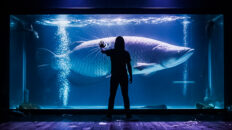
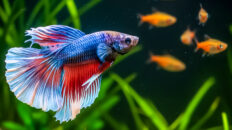

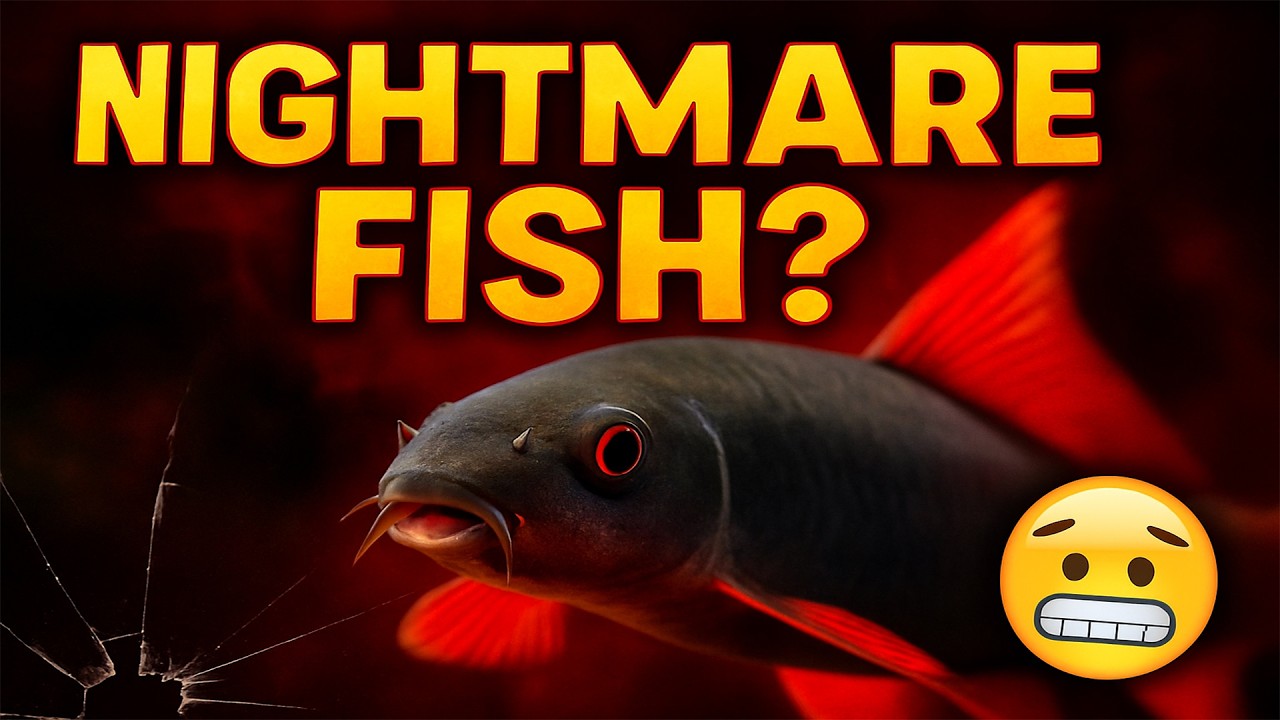

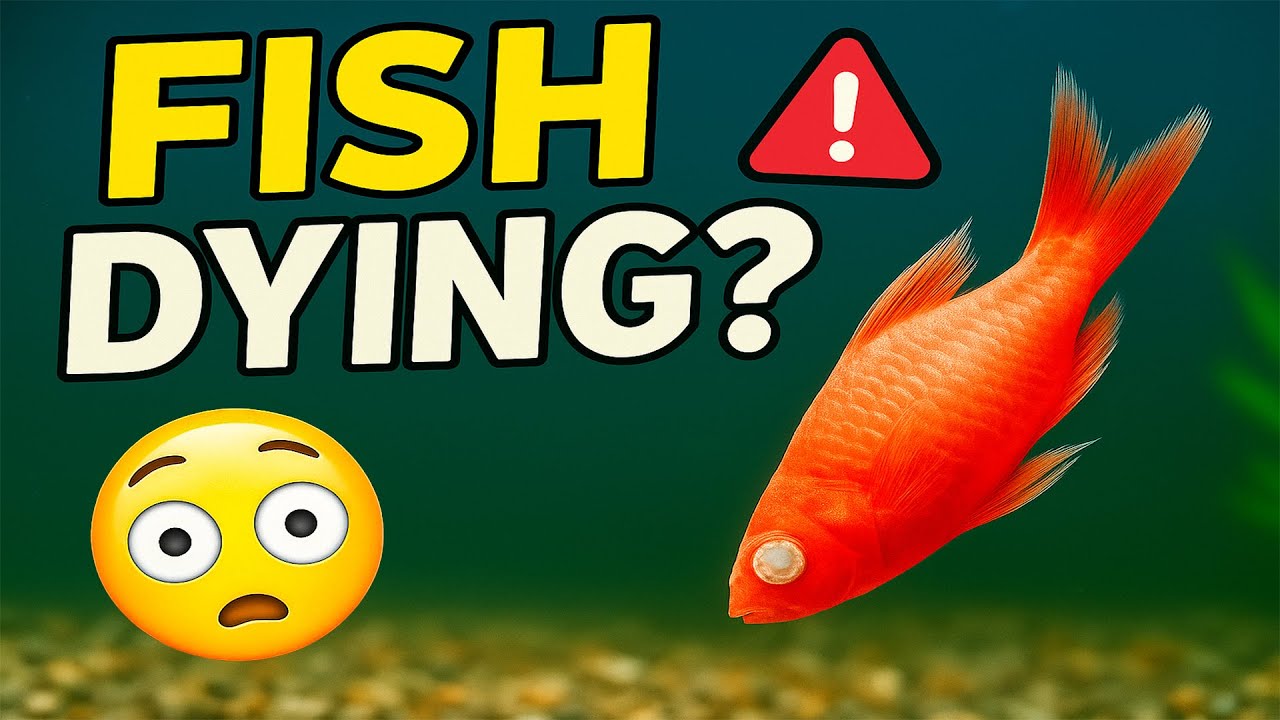
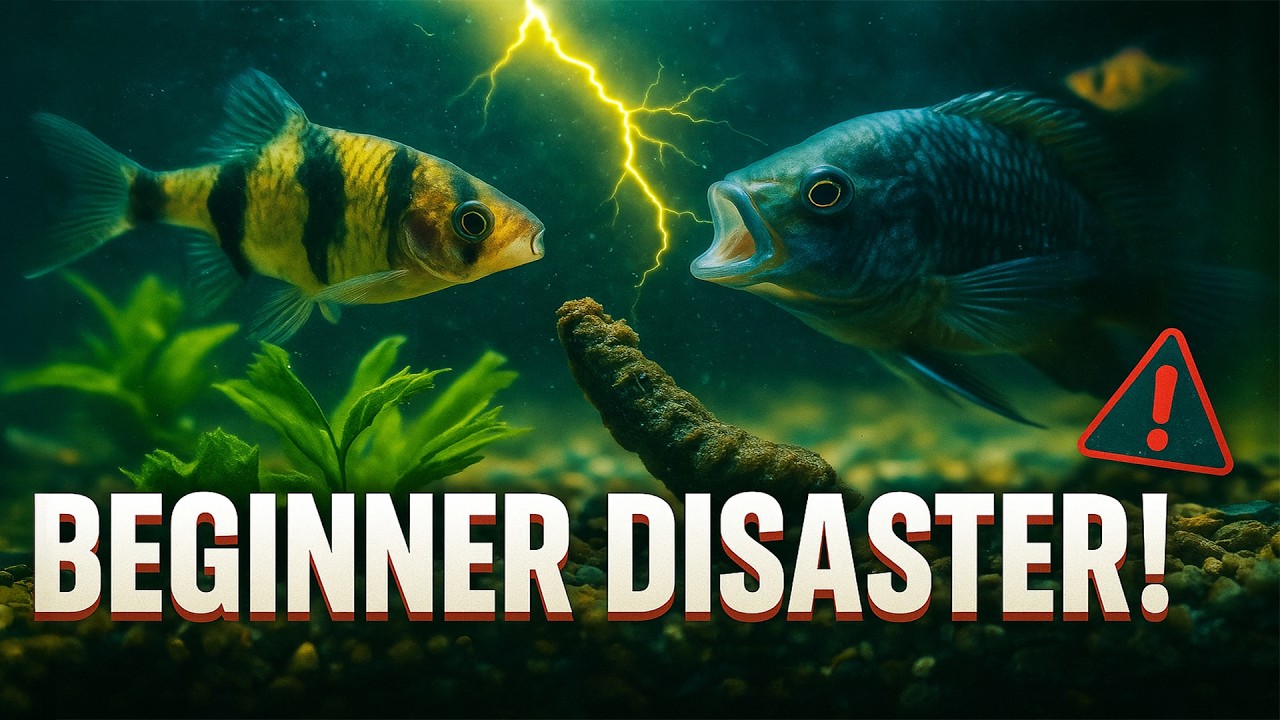

Add comment